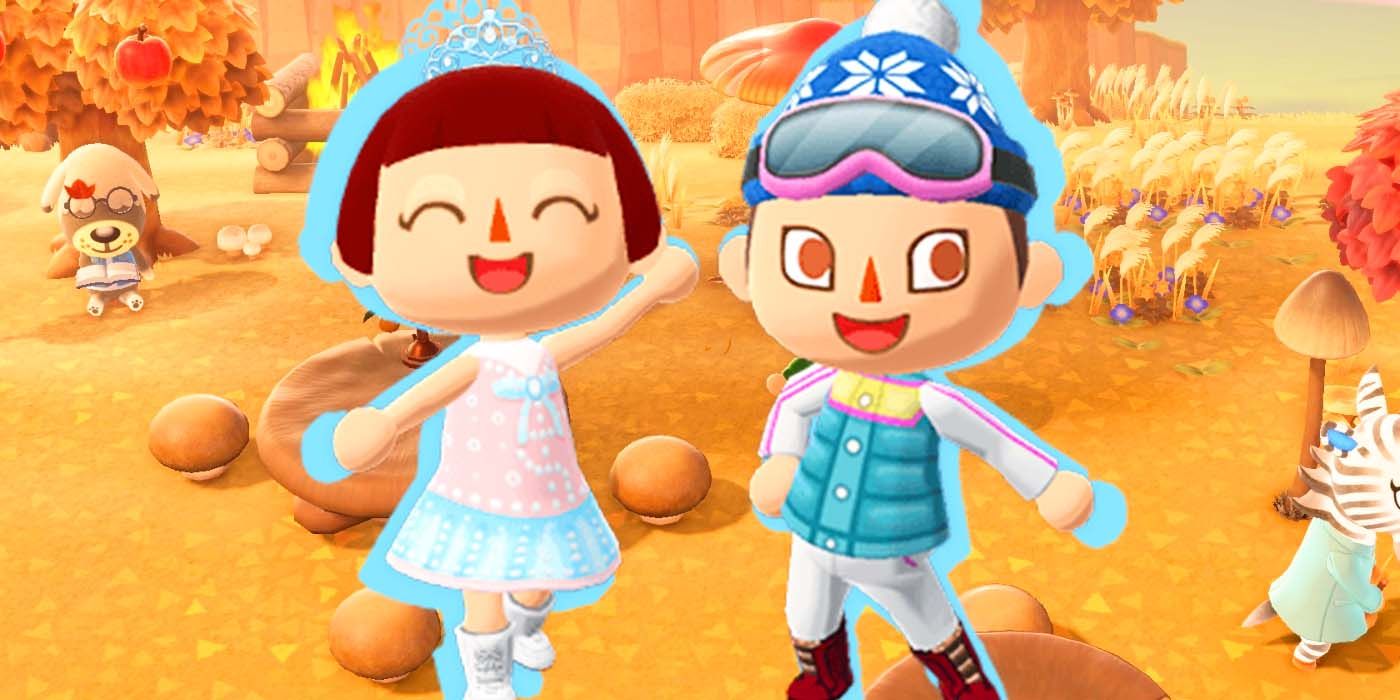Quick Links
Summary
- Animal Crossing: New Horizons' most attractive feature is that the game's schedules move at the same time as real life.
- Players will have to wait for specific seasons (Spring, Summer, Fall, and Winter) to be able to catch certain bugs, sea creatures, and fish in Animal Crossing: New Horizons, for example. With the seasons, the game also changes the environment, seasonal objects, and festivities.
- Animal Crossing: New Horizons' players need to know the specific dates of every season, especially taking into account the Northern and Southern Hemisphere.
Animal Crossing: New Horizons mostly follows the seasonal shifts in the Northern and Southern Hemispheres. Players can expect lush, green grass in the summer, deciduous leaves changing colors in fall, snow in winter, and cherry blossoms in spring. However, some seasonal changes take longer to arrive or last for a much shorter period than players might expect.
Because item and clothing availability shifts according to the seasons -- not to mention DIY recipes, materials, and other creatures -- it's important to know when seasonal changes occur in New Horizons. Much like in real life, seasons last three months in ACNH, but the dates vary in both the Northern and the Southern hemispheres.
Updated on March 11, 2024, by Andrea Sandoval: While Animal Crossing: New Horizons has been out for some time, this game never gets old. Players can continue to add new elements to their islands through the years, so replayability has no limits. We updated this article to comply with CBR's new format style and to add even more crucial information about the seasons in Animal Crossing: New Horizons.
In Animal Crossing: New Horizons, Cherry Blossoms Bloom in Spring
|
Best Creatures to Catch in Animal Crossing: New Horizons during Spring |
Northern Hemisphere |
Southern Hemisphere |
|---|---|---|
|
Spider Crab |
March and April |
September and October |
|
Tarantula |
November - April |
May - October |
|
Scorpion |
May - October |
November - April |
|
Gigas Giant Clam |
May - September |
November - March |
|
Coelacanth |
All year round |
All year round |
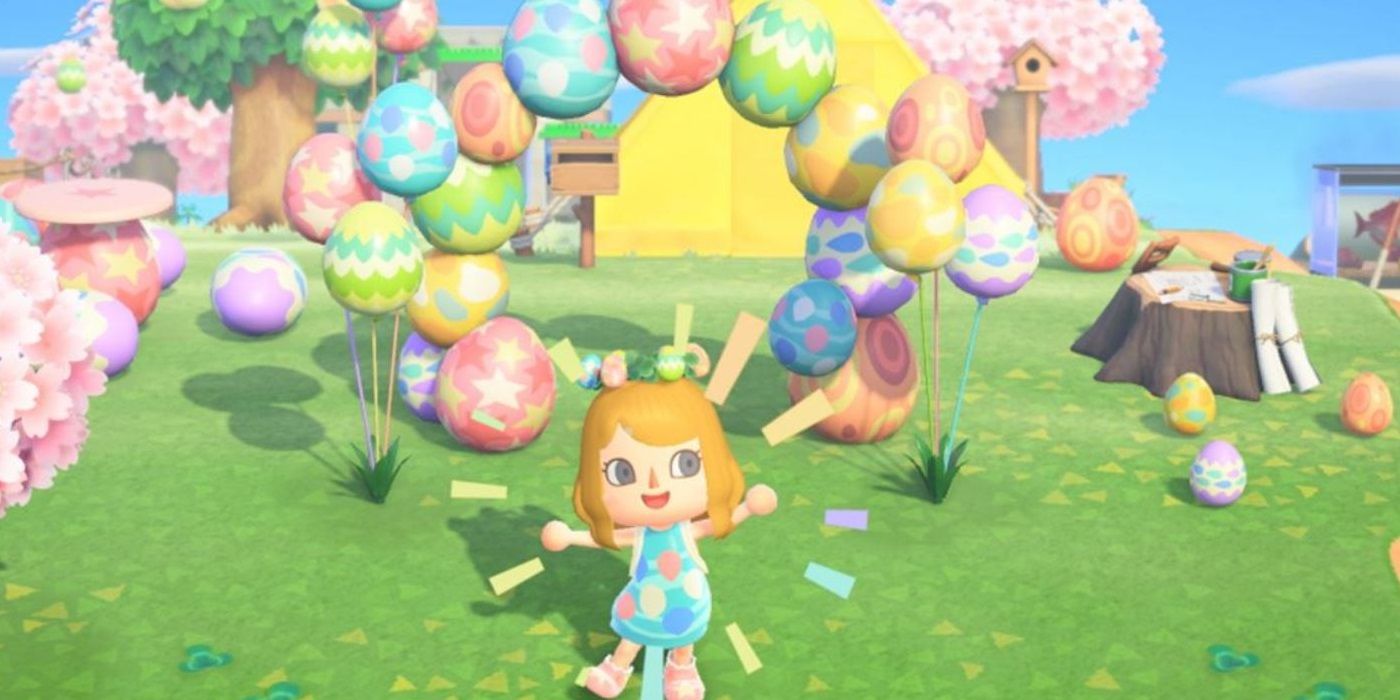
Why Spring Is the Best Season in Animal Crossing: New Horizons
Players are finally able to dive back into Spring after a long, bleak Winter, bringing back sunny skies to Animal Crossing: New Horizons.Spring bugs, fish, and sea creatures begin arriving in Animal Crossing: New Horizons on March 1 in the Northern Hemisphere and on Sept. 1 in the Southern Hemisphere. On April or Oct. 1, respectively, some hardwood trees on players' islands will bloom with cherry blossoms and cherry blossom petals will fly through the air. This happens for just 10 days, giving players a very small window to collect petals and cherry blossom DIYs, mostly found in balloon presents.
Zipper T. Bunny also appears in spring and brings tidings of Bunny Day, which is the Animal Crossing equivalent of Easter. To participate in this seasonal event, players collect eggs and craft special items to get prizes from Zipper -- who appears to be another, unknown NPC in disguise -- on Bunny Day itself.
Northern Hemisphere players will notice that snow stops falling by Feb. 24, while Southern Hemisphere players will stop seeing snow by Aug. 25. This marks the ushering in of spring, although the critters don't change for a few more days. Players can acquire warm-weather clothes at the Ables Sisters Tailor Shop in spring and summer.
Summer In Animal Crossing: New Horizons Brings Fireworks
|
Best Creatures to Catch in Animal Crossing: New Horizons during Summer |
Northern Hemisphere |
Southern Hemisphere |
|---|---|---|
|
Great White Shark |
June - September |
December - March |
|
Ocean Sunfish |
July - September |
January - March |
|
Giraffe Stag |
July - August |
January - February |
|
Scarab Beetle |
July - August |
January - February |
|
Whale Shark |
June - September |
December - March |
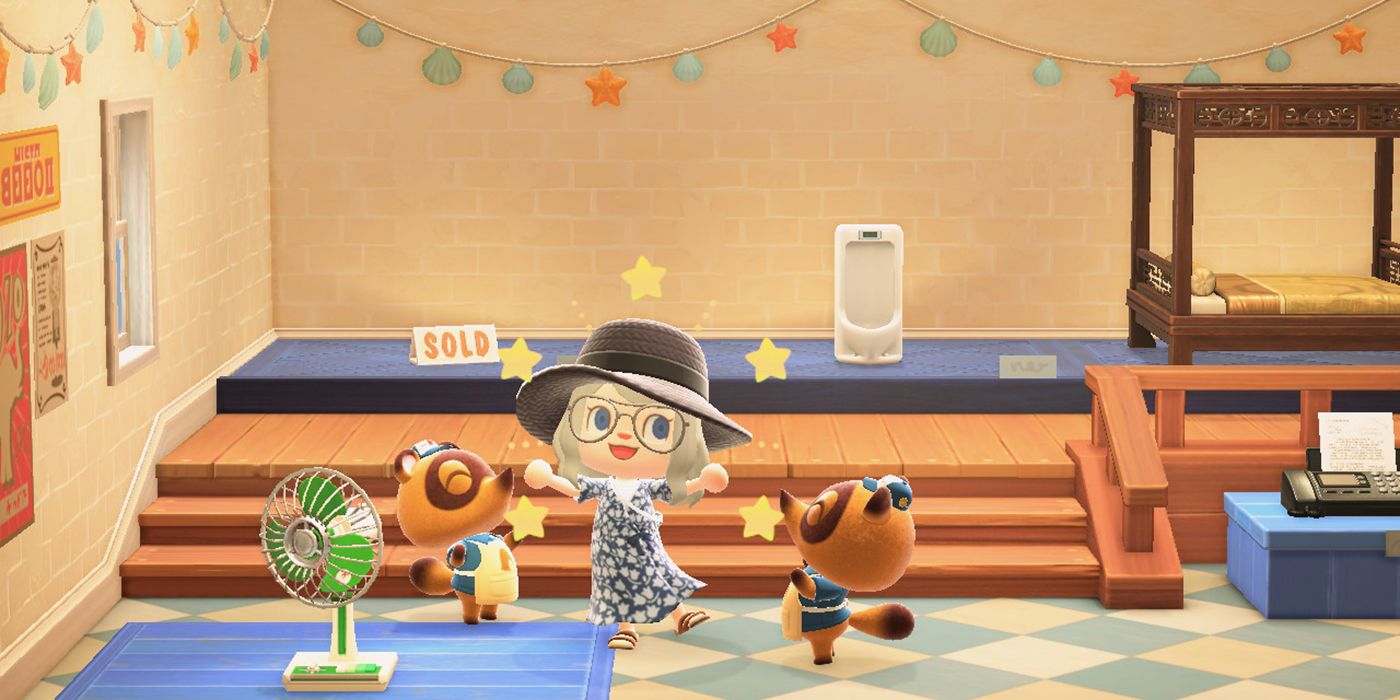
Animal Crossing: New Summer Features to Explore
June 1 brings summer to northern hemisphere islands in Animal Crossing: New Horizons, along with new items, critters and crafts.Summer darkens the grass and leaves on the trees in Animal Crossing: New Horizons. It also introduces seasonal events, like fireworks in August. Northern Hemisphere players experience summer in June, July, and August, while Southern Hemisphere players experience it in December, January, and February.
Additionally, players can participate in Flick's Bug-Off tournaments during the summer months and the start of fall. For Northern Hemisphere players, these take place June-September and for Southern Hemisphere players, they take place November-February. In addition to the tournament, players should take advantage of the summer months to catch some of the rarest bugs in Animal Crossing, since the summer is known for including several attractive bugs for completionist players.
What's more, with the 1.2.0. April Free Update, June is Wedding Season on Harv's Island, which means players can access a special wedding-themed feature. In the Southern Hemisphere, the summer features many important festivities, like Toy Day (Animal Crossing's Christmas) and Countdown (Animal Crossing's equivalent to New Year's Eve).
Animal Crossing: New Horizons Celebrates Fall With Changing Leaves
|
Best Creatures to Catch in Animal Crossing: New Horizons during Fall |
Northern Hemisphere |
Southern Hemisphere |
|---|---|---|
|
Giant Isopod |
July - October |
January - April |
|
Banded Dragonfly |
May - October |
November - April |
|
Scorpion |
May - October |
November - April |
|
Golden Trout |
March - May; September - November |
March - May; September - November |
|
Char |
March - June; September - November |
March - May; September - December |
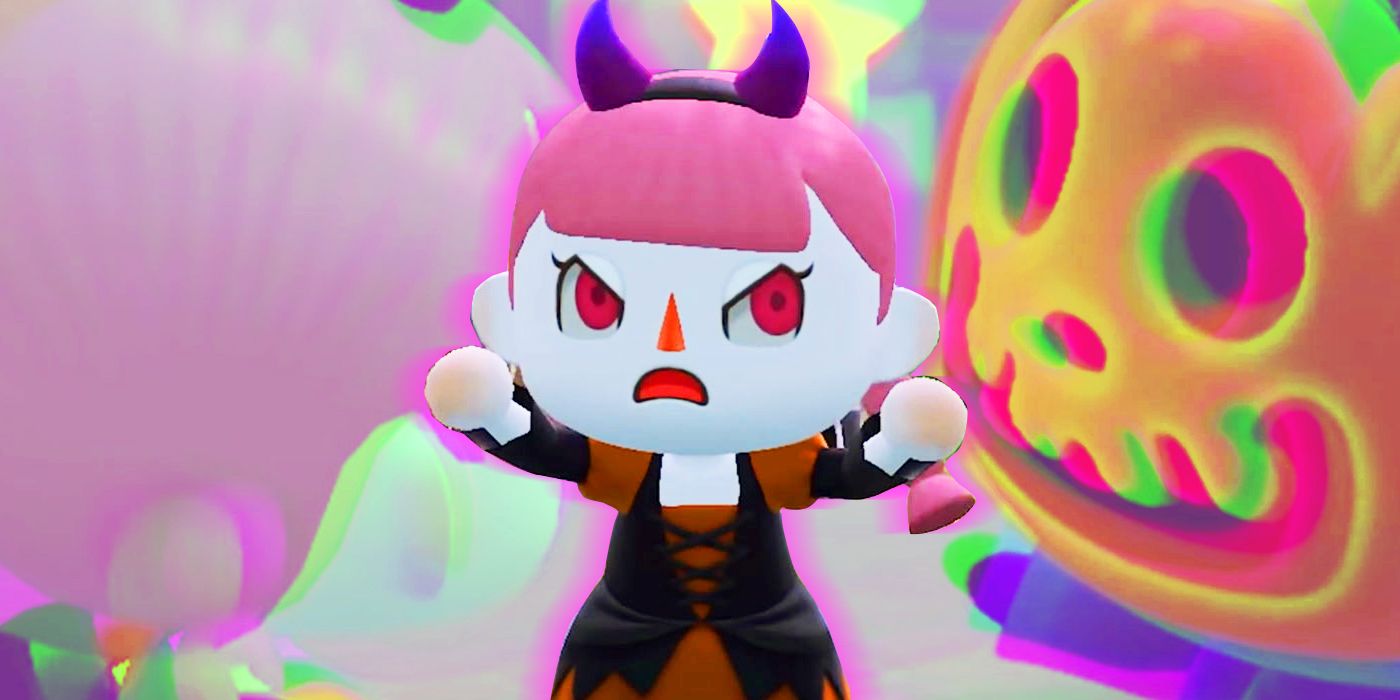
Animal Crossing: Every Halloween Costume In New Horizons
Animal Crossing: New Horizons has dozens of Halloween costumes available. Here's a complete list, including where to get these spooky fashions.Leaves and grass begin to change color for fall in September for Northern Hemisphere players and March for Southern Hemisphere players. In Animal Crossing: New Horizons, fall marks the arrival of several seasonal DIY recipes and holiday-based special events for Halloween and American Thanksgiving.
As green grass and trees fade to yellow, then turn orange, then red, the Able Sisters Tailor Shop begins to carry more warm-weather clothes and Nook's Cranny shifts from carrying rotating fans and air conditioning units to carrying old-fashioned radiators and even space heaters. Meanwhile, players can acquire the Tree's Bounty DIY set and craft using acorns and pinecones that are shaken from trees. These are available for about three months in both hemispheres.
In November for Northern Hemisphere players and May for Southern Hemisphere players, mushrooms will sprout near trees all over the island. Collecting them daily will allow players to craft special mushroom furniture, as well as a mushroom umbrella and a mushroom wand.
Also, in November and March, players can catch maple leaves as they fly through the air, similar to catching cherry blossoms in the spring. These begin to appear on the 16th and stick around for just nine days, so the window to catch leaves and acquire maple leaf DIYs is narrow. Fall marks perhaps the most frequent and noticeable changes to island esthetics in New Horizons, since the trees, grass, shrubs and hedges slowly change color and so many seasonal resources become available.
Winter Ushers In Snowfall to Animal Crossing: New Horizons
|
Best Creatures to Catch in Animal Crossing: New Horizons during Winter |
Northern Hemisphere |
Southern Hemisphere |
|---|---|---|
|
Football Fish |
November - March |
May - September |
|
Stringfish |
December - March |
June - September |
|
Tarantula |
November - April |
May - October |
|
Sea Pig |
November - February |
May - August |
|
Red King Crab |
November - March |
March - September |
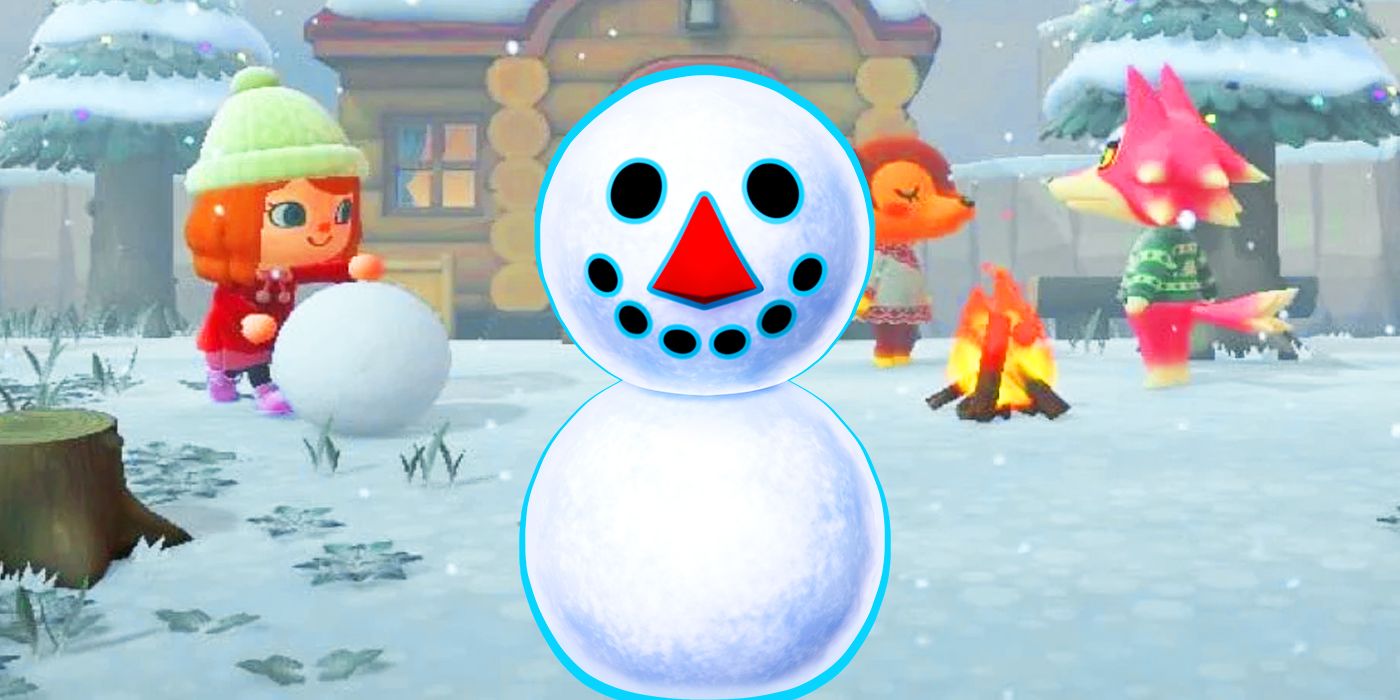
Animal Crossing: How to Build the Perfect Snowboy
When the ground is covered in snow in Animal Crossing: New Horizons, players will need to build perfect snowboys to earn seasonal DIYs and materials.Technically, winter starts in Animal Crossing: New Horizons on Dec. 1, with the arrival of cold-weather bugs, fish, and sea creatures. However, players who are hoping for snow as soon as November ends will be sorely disappointed. Much like in real life, the first snowfall in Animal Crossing can be unpredictable, but it typically happens about mid-month. Northern Hemisphere players will see snow starting Dec. 11 and Southern Hemisphere players will see snow starting June 11.
Similar to how players can catch cherry blossom petals and maple leaves, they can catch regular and large snowflakes during snowstorms. These can be used to craft the Frozen DIY items. To acquire these recipes, players need to roll snowballs and build Snowboys; the better the Snowboy, the more likely the player is to get a new DIY card. (Note: Dung beetles can also be seen rolling snowballs, so players can catch and deliver them to Blathers at the museum, or sell them to Flick for Bells.)
In addition to the Frozen DIY set, winter also brings holiday items to New Horizons. Players can craft trees, candles, illuminated reindeer, ornament wreaths and more. To acquire ornaments, players will need to shake pine trees with lights in them (decorated by Isabelle). Northern and Southern Hemisphere players will see lit trees and ornaments from Dec. 15 to Jan. 6.
Finally, players who look up at the sky in winter may be lucky enough to see the Aurora Borealis. This happens between Dec. 11 and Feb. 24 for Northern Hemisphere players, or between June 11 and Aug. 24 for Southern Hemisphere players between 6 p.m. and 4 a.m. (the same window as meteor showers, which can happen anytime.)
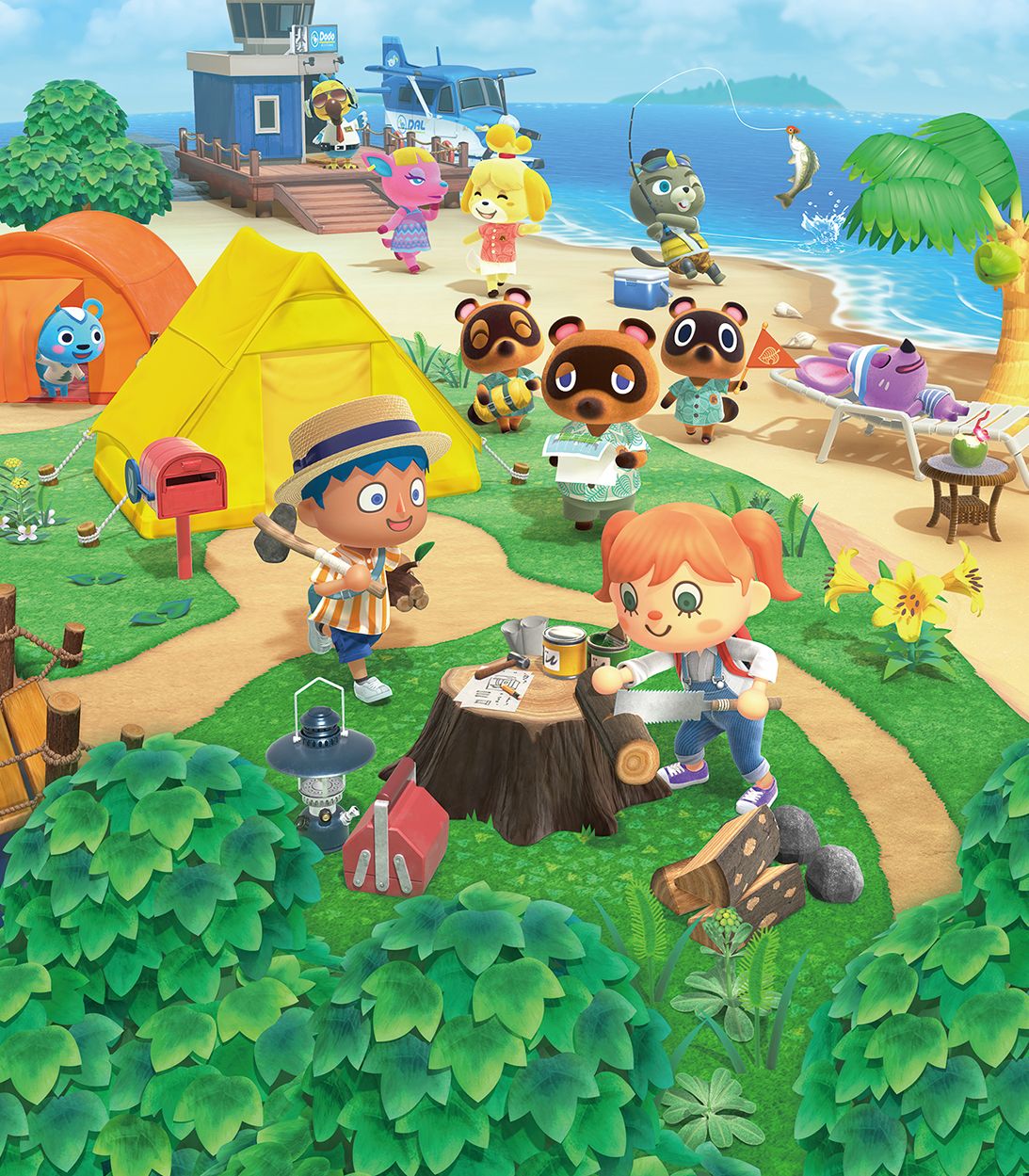
Animal Crossing: New Horizons
The player assumes the role of a customizable character who moves to a deserted island after purchasing a vacation package from Tom Nook, a raccoon character who is a staple of the series
- Franchise
- Animal Crossing
- Platform(s)
- Nintendo Switch
- Released
- March 20, 2020
- Developer(s)
- Nintendo
- Publisher(s)
- Nintendo
- Genre(s)
- Simulation

